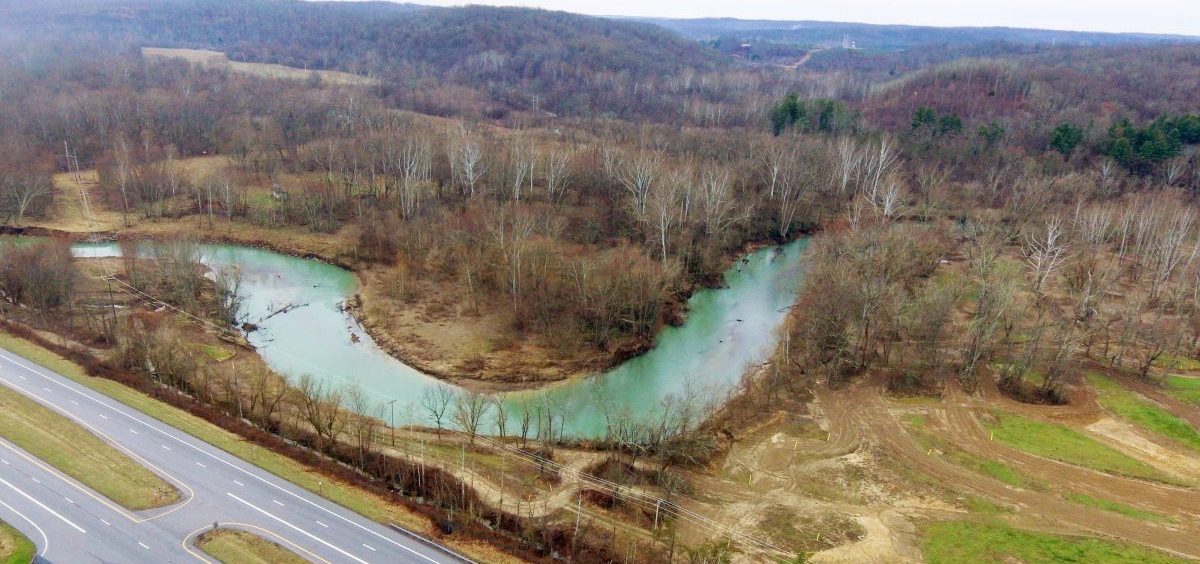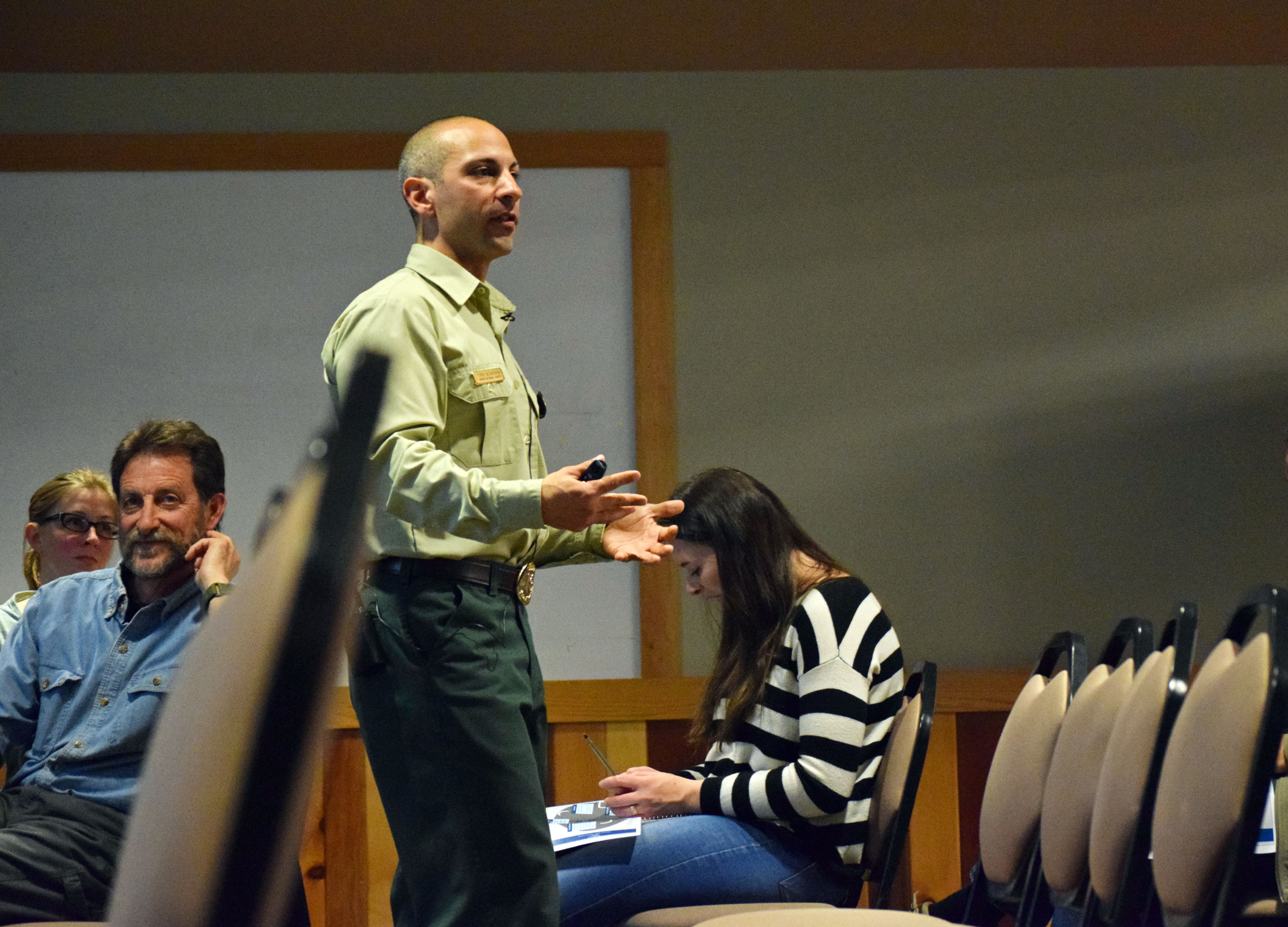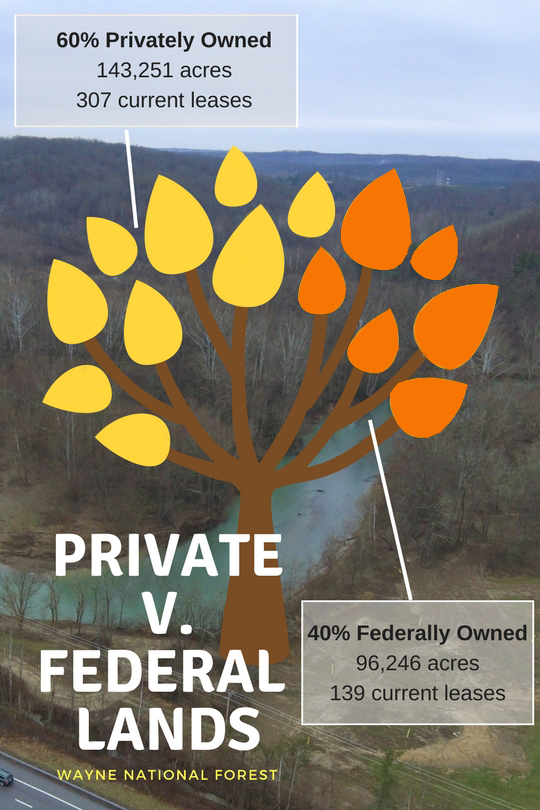
Long Road Ahead for Forest Managment Plan
By: Elise Hammond
Posted on:
ATHENS, Ohio — More than forty people came to the Ohio Division of Wildlife Office on Tuesday to share their views about a three-year process to revise the Wayne National Forest Land Management Plan.

The meeting’s purpose was to help the community understand the steps in this process, not to discuss specific concerns. Regardless, many asked questions were asked about fracking and energy development policies on federal land.
A Personal Concern
Loran Conley, who lives on 100 acres adjacent to the forest, said she is concerned about contamination of her three private water wells from fracking wastewater.
“If they get contaminated, I’m just out of luck,” she said.
Conley is a member of Torch Clean Air Now, Defend Ohio: Torch CAN DO. According to the organization’s website – a grassroots community group aimed at raising awareness about pollution of water from injection wells in Torch and Coolville, Ohio.

Conley said she hopes the new Land Management Plan will offer more restrictions on fracking.
“[Ohio Department of Natural Resources] doesn’t inspect anything past the pad,” she said. “They don’t inspect the casements; they don’t inspect the drilling depths.”
She said she is worried about the brine left over from fracking. Conley said she saw fracking wastewater from a truck spill into a creek that eventually flowed into the Hocking River.
“You can’t control it,” she said. “It’s not if something’s going to happen terrible, it’s when something’s going to happen.”
Facilitating the Conversation

Wayne Forest Supervisor Tony Scardina said one of his jobs is to gather input from both sides of the fracking debate. He will ultimately make the decisions about what to include in the revised plan.
“We’re working to try to come up with a way in which we can collaborate with people in a lot of different ways,” he said.
He said energy development – along with timber harvesting and prescribed fires – will be the most controversial topics. He said there needs to be a lot of conversation around energy and fracking.
“I don’t think that’s a Wayne National Forest only issue,” he said. “I don’t think it’s an Ohio only issue. It’s obviously a national issue.”
Making Accommodations
Scardina said he is focused on community involvement in every step of the process. He said his team needs to find ways to make it easier for people to access information by offering webinars and conference calls. He said people can use technology to participate in the discussion, even if they are unable to attend a meeting.
“People have a lot of emotions,” he said. “And we have to figure out how to have a discussion about it.”
Scardina said the next step is to hold smaller, more topic-specific meetings.
How to Revise a Land Management Plan
The forest’s Land Management Plan is revised every 15 to 20 years. The process takes place over three phases. During the first phase, the public has the opportunity to submit new information. This is intended to help the revision team to consider everything that has changed since the last plan was developed. New information could include peer-reviewed research or personal observations.
The second phase develops the plan. The public has a chance to offer comments and objections. The last phase monitors how the plan is working and being enforced.

Private vs. Federal Land
While both Conley and Scardina said fracking will be a major topic during the process, only forty percent of the Wayne National Forest is affected by the Land Management Plan. The other sixty percent is privately owned.
The Land Management Plan can only authorize leases for minerals under land owned by the federal government, not privately held property.
The 143,251 acres of private land within the Wayne National Forest currently has 307 leases. That’s compared to 139 leases on 96,246 acres owned by the federal government.

